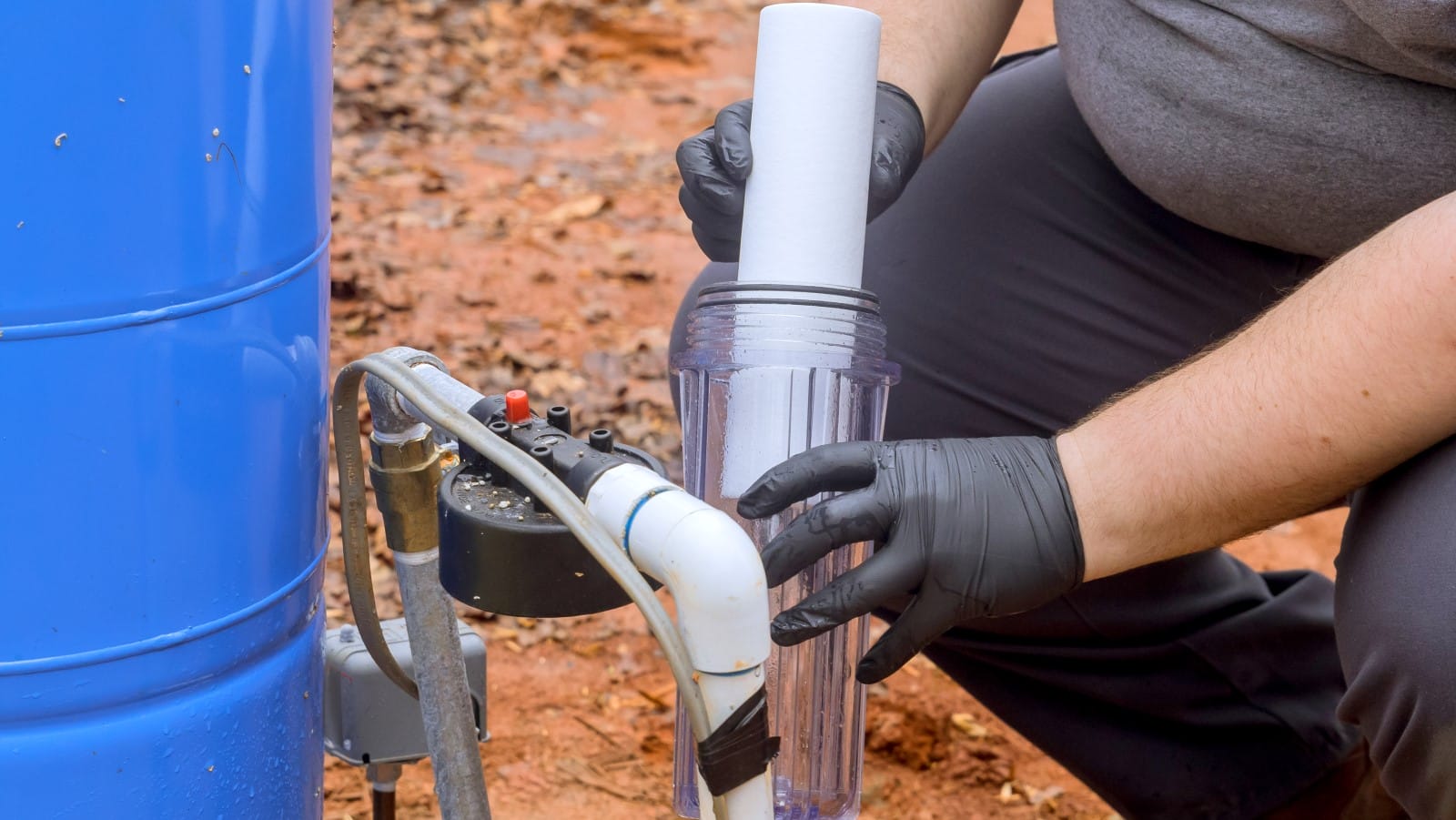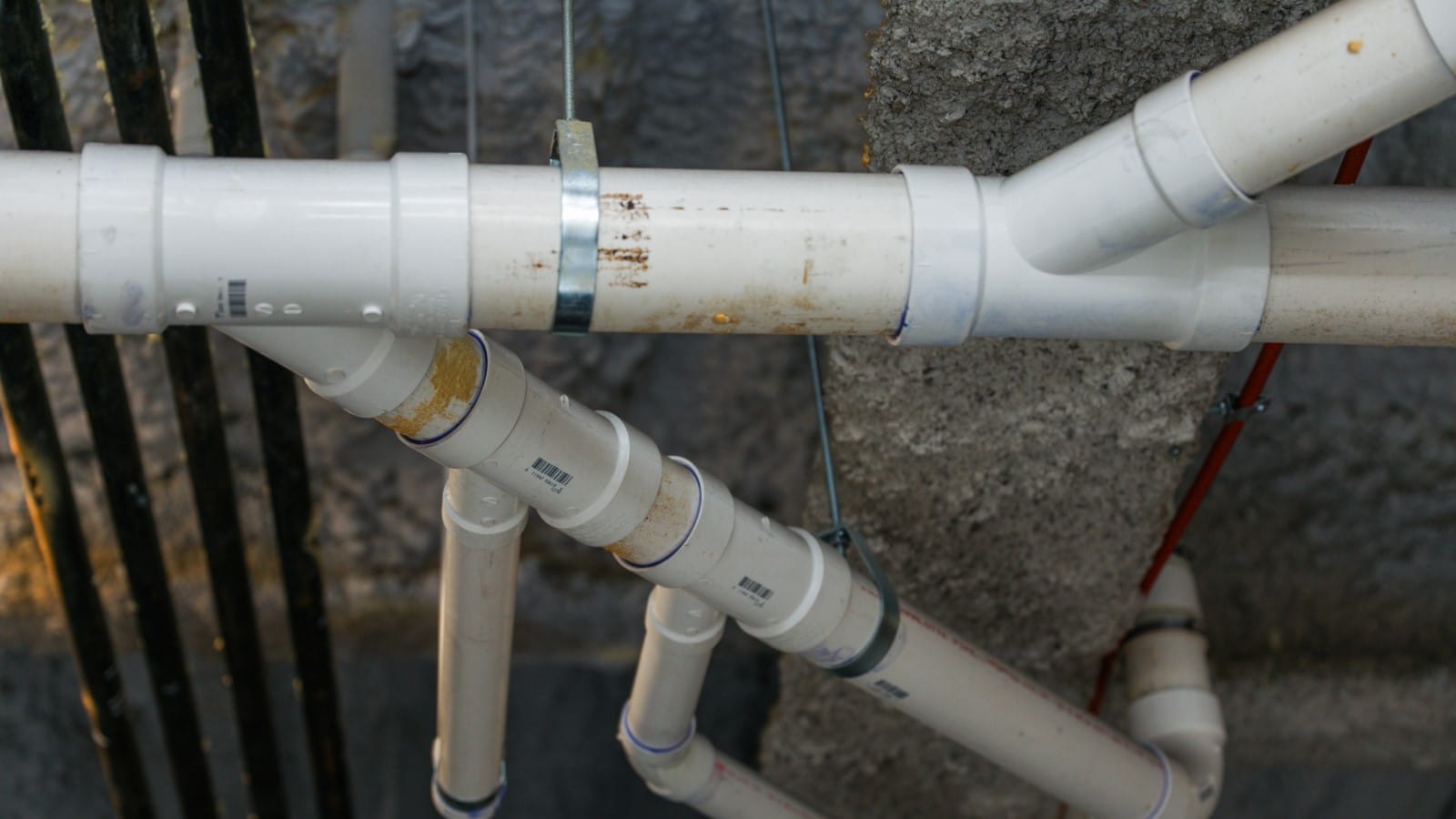Carbon monoxide (CO) detection is critical to home security, especially in Rockwall, TX. With the correct number of carbon monoxide and smoke detectors, you can safeguard your family against CO poisoning.
Carbon Monoxide Detector: Why It’s Crucial
Carbon monoxide is an odorless, colorless gas that can lead to serious health issues or even death.
A carbon monoxide detector is essential in every home, as it alerts homeowners to dangerous carbon monoxide levels. The National Fire Protection Association (NFPA) and the Consumer Product Safety Commission (CPSC) both stress the importance of installing these detectors on every level of your home, including the basement and outside each sleeping area.
CO Detector: How Many Do You Really Need?
The number of CO detectors required in your home varies depending on the size of your home and the number of bedrooms. Rockwall homeowners should have at least one carbon monoxide detector on every floor, including basements and near attached garages. Bedrooms particularly need close attention; having a sensor placed at eye level near the bed is crucial, as CO poisoning is most dangerous when you are asleep.
Smoke Detector and CO Detector Placement
Unlike smoke, which rises, carbon monoxide mixes with the air at all levels. Therefore, it’s recommended to place carbon monoxide detectors at a height that aligns with your sleeping area or around knee-to-eye level elsewhere. On the other hand, smoke detectors should be close to the ceiling as heat and smoke rise. This distinction in placement ensures maximum effectiveness in detecting potential hazards.
- Carbon Monoxide Alarm: The ideal placement is near sleeping areas and living spaces.
- Smoke Alarm: Best installed on ceilings or high on walls as smoke rises.
- Near Fuel-Burning Appliances: Install one carbon monoxide alarm near any furnace, heater, or other fuel-burning device to monitor combustion gases.
- Water Heater: Since this is a potential source of CO, place an alarm near any water heater in your home.
- Avoid Direct Proximity to Appliances: Ensure CO detectors are not too close to any heater or furnace to prevent false alarms.
Correct placement of these alarms is essential for early detection of smoke and carbon monoxide, ensuring the safety of your home and loved ones.
Carbon Monoxide Poisoning: Understanding the Risk
Homeowners in Rockwall, TX, should be aware of the symptoms of carbon monoxide poisoning. Timely identification of these symptoms can be life-saving:
- Headache: Often the first symptom, varying from mild to severe.
- Dizziness: A feeling of being lightheaded or unsteady.
- Weakness: A general sense of physical debilitation.
- Nausea: Can be accompanied by vomiting.
- Confusion: Difficulty in thinking clearly or concentrating.
- Shortness of Breath: Difficulty breathing, which can escalate rapidly.
- Blurred Vision: Visual disturbances or impaired vision.
- Loss of Consciousness: In severe cases, it leads to potential danger if not addressed immediately.
Immediate action is crucial upon hearing the alarm of your CO detector, as CO poisoning can quickly become life-threatening.
- For comprehensive safety, ensure enough detectors cover every level of the home.
- Install a detector on each floor to monitor CO levels throughout your home.
- Having both types of detectors is vital, as they serve different but equally essential functions.
- Place carbon monoxide detectors near sleeping areas and living spaces, ensuring no unprotected floor is left.
Bedroom: Your Safety Sanctuary
Ensuring that every bedroom has a CO detector is vital for nighttime protection. The CPSC suggests placing sensors outside sleeping areas to alert occupants of any danger quickly. Additionally, consider interconnected smoke and carbon monoxide detectors for an enhanced home security system, providing alerts throughout the house if any single detector is triggered.
Smoke and Carbon Monoxide Detection: Integrating into Your Home Security
Modern home security systems often include integrated smoke and CO detectors. For those interested in smart home security, choosing detectors that can connect to your overall security system adds an extra layer of protection, allowing remote monitoring and alerts.
- Remote Monitoring: Check carbon monoxide levels in your home from anywhere.
- Automated Alerts: Receive instant notifications for CO detection, ensuring peace of mind.
- Integration with Other Smart Home Devices: Seamlessly connect your CO detectors with other smart devices for a cohesive security system.
- Optimized Placement of Carbon Monoxide Detectors: Intelligent systems can suggest the best placement per floor for maximum efficiency.
- Carbon Monoxide vs. Carbon Dioxide Detection: Advanced systems can distinguish between CO and carbon dioxide, pinpointing the exact nature of the threat.
- Historical Data Access: Review past carbon monoxide levels in your home for pattern recognition and preventive measures.
Integrating CO detectors into your home security system ensures immediate alerts and provides valuable insights into your home’s safety and air quality.
Place Carbon Monoxide Detectors Strategically
Proper placement of CO detectors is crucial. Avoid areas like bathrooms, near heating appliances, or close to open windows, as these can lead to false alarms or reduced detector efficiency. The ideal locations are near bedrooms, living areas, and each home floor.
Install a Carbon Monoxide Detector: A Step Toward Safety
Installing a CO detector is straightforward, but following manufacturer guidelines and local building codes in Rockwall, TX, is essential. Regular testing and maintenance of your detectors are vital to ensure they function correctly.
In conclusion, the number of carbon monoxide detectors you need in Rockwall, TX, depends on your home’s layout and size. Ensuring every level of your home, especially near sleeping areas, has a functioning CO detector, which is the best way to protect your family from accidental carbon monoxide poisoning. Stay informed, stay safe!





